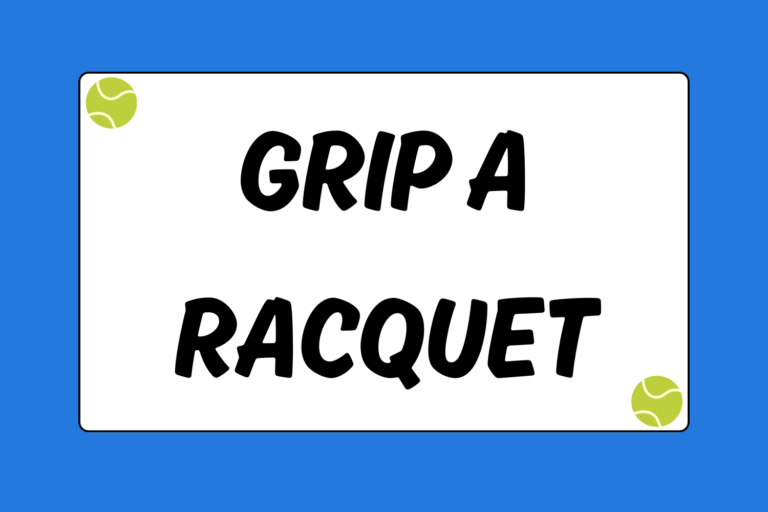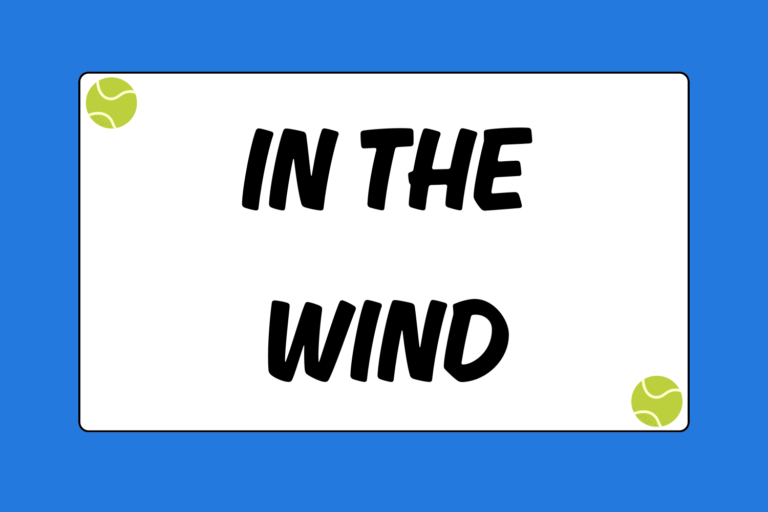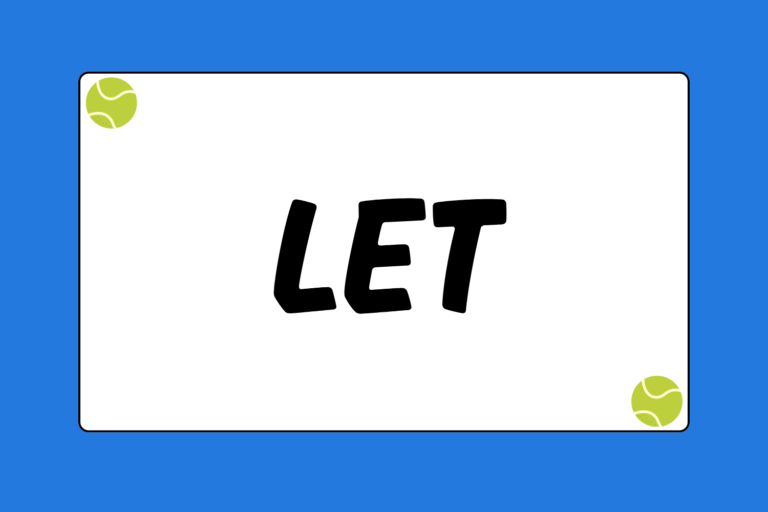There is a signature move that brought Justine Henin and Roger Federer not just fame, but greatness. So delicate to play, so elegant to watch and so hard to master – a skill described by The Telegraph as “without a doubt, the most beautiful stroke in the game of tennis”.
The one-handed backhand
Nowadays, it seems that players rarely decide to adopt this style of play, and we might witness it’s completely extinction in the next few years.
If you’re up to the challenge, however, there are a few things that you need to consider. Not everyone has the ability play like Henin or Federer, and you should understand what’s required to master this skill before embarking on the journey.
Why Isn’t it Popular?
We could dig deep into the history of sport to figure where exactly things went from good to great, then bad for the one-handed backhand. But with the entire sport changing itself dramatically over the years and becoming more physically demanding and exhausting for the players, it’s really no surprise this graceful move has faded in popularity.
The focus of games today is almost always pointed towards long rallies from the baseline, requiring tons of power and leaving little space for the positioning needed to land the one-handed backhand.
Advantages and Disadvantages
As with every stroke, there are pros and cons to playing the one-handed backhand vs. the two-handed backhand.
Advantages:
- The ability to apply more spin on the ball
- Better overall ball control
- Easy to disguise between a backhand slice and drop shot
Disadvantages:
- Requires a higher level of focus and stroke preparation
- Difficult to change single-hand grip between forehand and backhand grips
- Requires a higher level of single-hand grip strength and control
It’s also interesting to note that Federer tends to hit the ball at waist height, while players in favor of the two-handed stroke hit it at shoulder height, at an earlier stage, and mostly right after the ball bounces.
The Technique
Watching videos on YouTube can help you understand the technique. Assuming you already play tennis, you will learn more about posture, footwork, grip and swing. Here is an amazing example of a slow motion one-hander from Justine Henin.
You will find out that it’s a lot easier to learn from watching female players perform this stroke. Men often use way too much strength while playing, and tend to miss out on some important sections of the technique.
John McEnroe described Henin’s backhand as the best single-handed backhand in the history of the game, and he’s not the type of person we’re looking to argue with.
It’s important, however, that you learn the stroke as an entire motion rather than attempting to fragment it together.
How to Improve Your Backhand
Here are a few things to think about when performing a one-handed backhand:
1. Upper body position and preparation
try to rotate your upper body when the ball is coming your way. The back of your playing-hand shoulder should be facing the net. Put your chin on your shoulder, to make sure that your eyes are focused on the ball at all times.
2. Wrist control
the most important thing is to maintain the same wrist position while hitting the ball as you have before the contact. If you try to give more spin with your wrist, the ball is likely to go somewhere you don’t want. Once you practice the right grip, which should be doable after watching the slow motion videos, keep it consistent throughout the swing.
3. Position well and focus through the hit
bad positioning for the one-handed backhand makes you more vulnerable and leaves an entire side of the court unprotected. Players with a lack of focus won’t have time to position correctly for this stroke. Always maintain focus on the ball when playing a one-handed backhand, and once you improve your focus, you will get more confident with your shot and be able to properly position yourself for the return.
Final Tip
Learning how to play tennis is a process that requires dedication and consistency.
Very few players decide to play the one-handed backhand, despite the benefits. Even if you decide to go with the two-handed backhand as your main weapon, you should learn the one-hander as a complement to the other.
A two-handed, top-spin backhand, along with a one-handed slice, makes for a winning combination.





